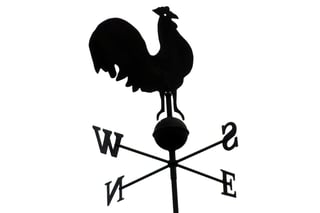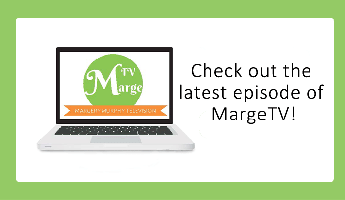History
 Over the years of both doing direct selling and managing sales teams, I began to analyze why sales forecasting was so unreliable. Why could we not get to a high degree of accuracy month over month? It occurred to me that if we did not have a well-defined sales process we could not get a reliable sales forecast. I asked myself, so when do I say a deal is going to close? I realized that it was when I felt it was going to close.
Over the years of both doing direct selling and managing sales teams, I began to analyze why sales forecasting was so unreliable. Why could we not get to a high degree of accuracy month over month? It occurred to me that if we did not have a well-defined sales process we could not get a reliable sales forecast. I asked myself, so when do I say a deal is going to close? I realized that it was when I felt it was going to close.
And my sales teams acted the same way. I began to examine what was critical to predict when a sales opportunity was going to close with a high degree of accuracy. My research and my evaluation of the activities
I was doing helped me come up with a model that can drive a very high degree of predictability.
Principles of a sales process that will drive forecast accuracy
- How the Customer Buys. Evaluate how the customer buys from you. How do they look at your type of solution to evaluate alternatives? What is their buying process? How do they handle their budget? Who is involved in evaluating alternatives? Understanding how the customer buys becomes the first step in developing your sales process.
- Determine Sales Stages. Based on your understanding of how the customer buys, you can then develop the definition of the sales stages that follow a sales opportunity from its inception as a lead to the actual close. What is important in defining a sales stage is to define what is the critical buyer decision that you want to occur at each stage. Sales stages reflect both how the buyer moves though the buying process and the seller moves through the selling process.
- Key Selling Activities. For each sales stage, one needs to determine the most critical selling activities that must occur at that stage. While at any given point in the selling process there are a lot of activities going on, the goal is to advance the buyer to the next stage. So what are the most critical activities necessary to advance to the next sales/buying stage?
- Advancement Criteria. Accurate forecasting comes into play when you have a consistent way of measuring sales activity and opportunity progress. The best way to achieve this is to define, for each sales stage, the key criteria or measurements that must be achieved in order to forecast an opportunity to the next stage. What must sales be able to confirm has been accomplished in the buying/selling process in order to move the opportunity to the next stage? Staying in-tune with and managing from the advancement criteria is what drives sales forecasting accuracy.
The Sales Engineering Group Revenue Generation Model
As a part of how I developed my sales process model, I also looked at the overall revenue generation process. How do businesses generate revenue? My view is that there are four parts that are always in place to achieve revenue. They are:
- Demand Creation – your marketing and branding initiatives
- Sales Process – your selling engine
- Implementation – the successful deployment of your products or services
- Customer Retention – maintaining satisfied and repeat customers
From this thinking, I designed the Sales Engineering Group Sales Process Model. The model incorporates the four principles listed above. As I work with clients to improve their sales forecasting, I begin discussing what they sell and how they see the customer’s buying process or decision to buy process. Once you understand the customer’s buying process, you then define the key sales stages for the sales process. The closer the sales stages can reflect the buying process, the more reliable the forecasting process will be. Next action is to define the key sales activities. They should be relevant to the sales stage and the buying activities. The question to ask is, what buying decision do you want to accomplish at this stage? With the key sales activities defined, the next step is to determine the advancement criteria. How will you measure the outcome of the sales activities for that stage? Ask yourself, what must be confirmed to move the opportunity to the next sales stage?
Additional Guidelines
There are two other guidelines that I follow when building a sales process model. The first is that I do not put any time factor into the model. Selling times vary. One deal might take six months. Another deal of the same size and solution could take twelve months. They both go through the same buying and selling process. So I do not put any time parameters into the model.
Another guideline is how to forecast based on the key activities you are performing. It is realistic that a sales representative may be performing key selling activities in different stages simultaneously. There is a tendency among sales representatives to forecast the opportunity in the stage that is the most advanced sales activity they are performing. My operational guideline is that you can only forecast the opportunity in the sales stage where you have completed all of the advancement criteria from all previous stages. If advancement criteria have not been satisfied, then you cannot forecast into the next sales stage.
Sales Stage Forecast Percentage. Many organizations apply a percentage to each stage to indicate the likelihood of an opportunity closing. I let my clients make that decision. I do not apply percentages to each stage in my model.
CRM Systems. I am CRM indifferent. Every CRM system comes predefined with a set of sales stages. Most organizations do not change the stages supplied by the vendor. For the CRM to give you reliable information, you must replace the vendor supplied sales stages with your own defined sales stages.
Once the new sales process is in place, one must continually manage to the process. Adhering to the process and particularly the advancement criteria, you will dramatically improve your forecast accuracy.







Comments